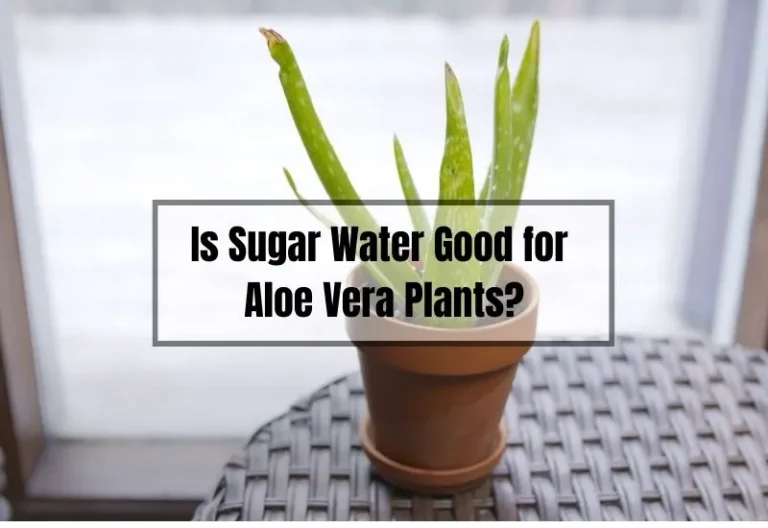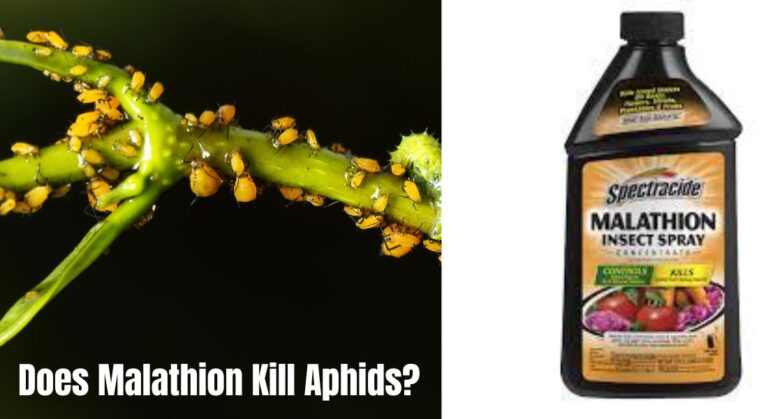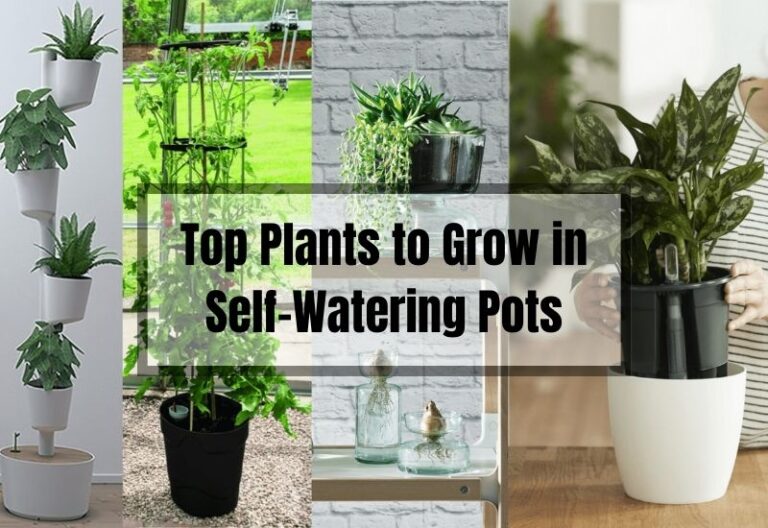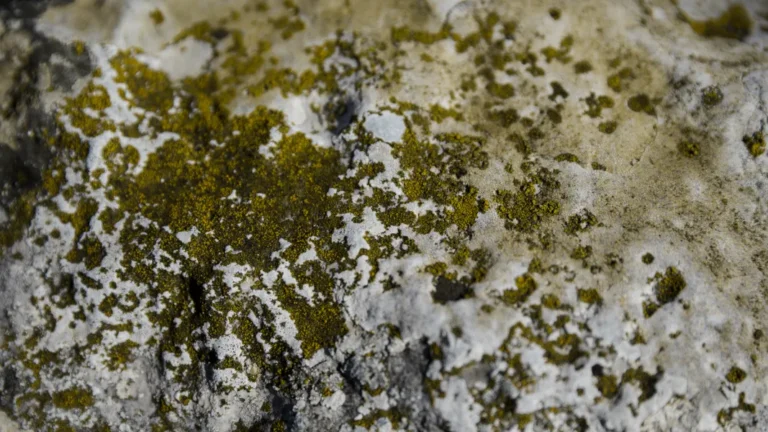Keeping Indoor Plants Cool in Summer: Tips and Tricks
Summer is here, and while it’s a great time to enjoy the sun and warmth, it can be challenging for indoor plants. With the heat and humidity, it’s easy for your plants to suffer from heat stress, which can cause wilting, leaf drop, and even death. As someone who loves plants and wants to keep them healthy, I’ve learned some tips and tricks for keeping indoor plants cool during the summer months.
First and foremost, it’s essential to understand that different plants have different temperature preferences. Some plants thrive in warm temperatures, while others prefer cooler conditions. Knowing your plants’ preferences is crucial in keeping them healthy. If you’re unsure about your plant’s ideal temperature range, do some research or ask a professional.
One of the most effective ways to keep indoor plants cool in summer is by providing proper ventilation. Make sure your plants are placed in areas with good air circulation, such as near open windows or fans. You can also use a small fan to circulate air around your plants. Additionally, you can open doors and windows during the cooler parts of the day to let in fresh air and cool down your home.
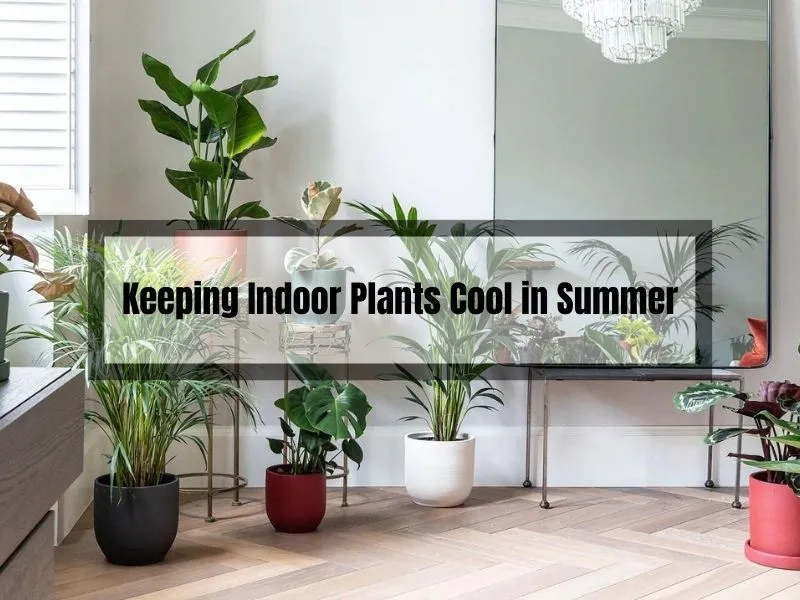
How to Keep Indoor Plants Cool in Summer
As a plant enthusiast, I know how important it is to keep our indoor plants healthy and happy. One of the biggest challenges we face during the summer months is keeping our plants cool.
High temperatures and humidity can be detrimental to their growth, and even lead to their demise. In this section, I’ll share some tips on how to keep your indoor plants cool during the summer months.
Why is it Important to Keep Indoor Plants Cool in Summer?
Plants, like humans, can suffer from heat stress. High temperatures and humidity can cause damage to their leaves, roots, and overall growth. If left unchecked, heat stress can even lead to the death of your plants. Keeping your indoor plants cool during the summer months is crucial for their survival and growth.
Tips for Keeping Indoor Plants Cool in Summer
Here are some tips to help keep your indoor plants cool during the summer months:
- Move your plants away from windows and direct sunlight. Place them in a cooler, shaded area of your home.
- Use a fan to circulate air around your plants. This will help to cool them down and prevent heat stress.
- Water your plants regularly, but be careful not to overwater them. Overwatering can lead to root rot, which can be deadly for your plants.
- Use a humidifier to increase the humidity around your plants. This will help to keep them cool and prevent their leaves from drying out.
- Consider using a shade cloth or curtains to block out the sun’s rays. This will help to keep your plants cool and prevent them from getting too much direct sunlight.
Common Mistakes to Avoid
Here are some common mistakes to avoid when trying to keep your indoor plants cool:
- Don’t place your plants in a drafty area. This can cause them to dry out and become stressed.
- Don’t overwater your plants. This can lead to root rot and other issues.
- Don’t place your plants too close to air conditioning units or vents. This can cause them to become too cold and suffer from shock.
- Don’t forget to monitor the temperature and humidity levels around your plants. This will help you to identify any issues before they become serious.
By following these tips and avoiding common mistakes, you can help to keep your indoor plants cool and healthy during the summer months. Remember, a little extra care can go a long way in ensuring the survival and growth of your beloved plants.
FAQs
As a plant enthusiast, I understand that you may have some questions about keeping your indoor plants cool during the hot summer months. Here are some frequently asked questions that I have encountered and my answers to them:
How often should I water my plants during the summer?
It depends on the type of plant and the environment it is in. Some plants may require more frequent watering in hot weather, while others may need less. To determine when to water your plants, stick your finger about an inch into the soil. If it feels dry, it’s time to water. If it’s still moist, wait a day or two before checking again.
Should I move my plants closer to the air conditioner?
While it may seem like a good idea to keep your plants near the air conditioner, it can actually harm them. The cold air blowing directly on the plants can cause stress and damage. Instead, place your plants near a window or in a room with good air circulation.
Can I use ice cubes to water my plants?
While it may seem like a quick and easy way to cool down your plants, using ice cubes can actually shock the roots and cause damage. It’s best to stick with room temperature water when watering your plants.
Can I mist my plants to keep them cool?
Misting your plants can provide temporary relief from the heat, but it’s not a long-term solution. Instead, try placing a tray of water near your plants or using a humidifier to increase the humidity in the room.
Should I fertilize my plants during the summer?
It’s best to avoid fertilizing your plants during the summer months. The heat can cause the fertilizer to burn the roots, which can harm or even kill your plants. Wait until the fall to resume fertilizing.
What should I do if my plants start to wilt?
If your plants start to wilt, it may be a sign that they are not getting enough water or that the temperature is too high. Check the soil moisture and adjust your watering schedule if necessary. If the temperature is too high, try moving your plants to a cooler location.
Conclusion
Keeping indoor plants cool in the summer is crucial for their survival. It can be challenging, but with the right techniques and tools, it is achievable. Here are some key takeaways from this article:
- Keep your indoor plants away from direct sunlight and heat sources.
- Use a fan or air conditioner to circulate cool air around your plants.
- Water your plants regularly and use a humidity tray to keep the air around them moist.
- Consider using shade cloths or curtains to block out excess sunlight.
- Choose plants that are well-suited to indoor environments and can tolerate warmer temperatures.
Remember, each plant has its own unique needs, so it’s important to do your research and adjust your care routine accordingly. With a little bit of effort, you can keep your indoor plants thriving and beautiful all summer long.
Personally, I’ve had my fair share of struggles with keeping indoor plants cool in the summer. But after implementing these tips and tricks, I’ve seen a significant improvement in their overall health and growth. I hope this article has been helpful to you and your indoor plant journey!

